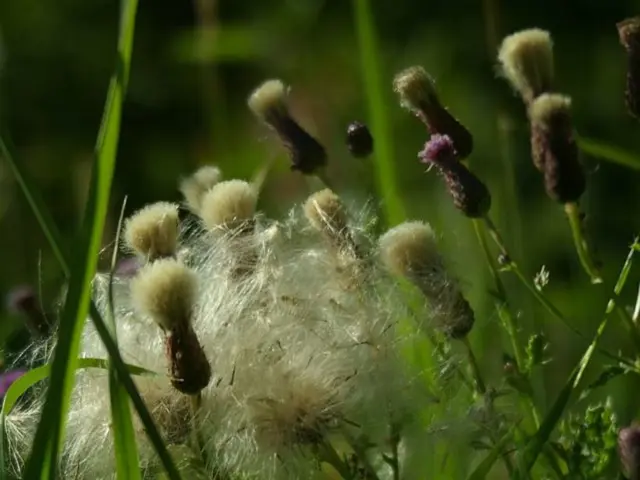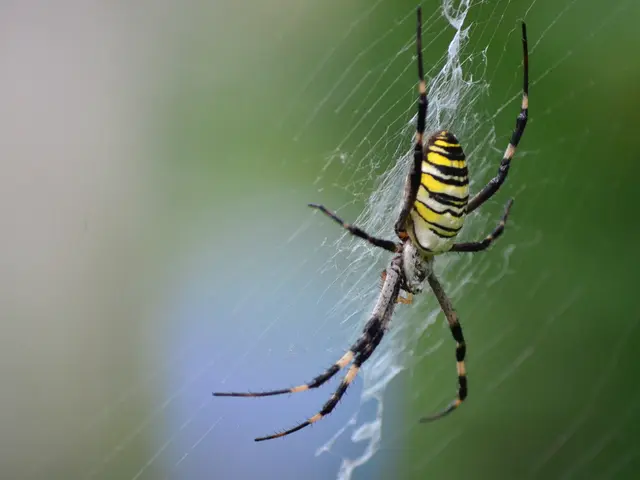Optimal Time to Grow Hyacinth Bulbs in Pots for Flowering Prosperity
Hey there, green thumbs! 🌱💐 Let's chat all things hyacinths in pots! These charming blooms will brighten up any space with their vibrant colors and captivating aroma. So, when is the best time to plant those stunning bulbs? Fall is the optimal time for setting hyacinths in their containers, allowing them to undergo a necessary cold period, ensuring a radiant spring bloom. Aim to start the planting process by late September or early October for best results.
When finding the perfect pot, bear in mind that drainage is key to keeping your bulbs Happy Campers. I always recommend using a layer of pebbles or broken pot shards at the bottom-a trick I picked up from my fellow garden enthusiasts.
Finding the right depth for your bulbs is also essential. Generally, I place them about 4 inches deep, giving them enough space for a cozy winter sleep, ready to surprise you come springtime.
So, here's an overview of what you'll need to know about growing hyacinth bulbs in pots:
- Choosing Quality Bulbs:
- Identifying Healthy Bulbs: Look for firm, blemish-free bulbs with rich color and no signs of disease. Size plays a role, too—larger bulbs may yield more impressive blooms.
- Buying Quality Bulbs: Purchase from a reputable supplier—whether local or online—and read reviews or customer feedback when necessary.
- Planting and Care:
- Proper Planting Techniques: Use a pot with good drainage with a 2-inch layer of moistened potting mix at the bottom. Plant bulbs 4-6 inches deep with 3 inches of space between each one, then water lightly after planting to keep the soil damp.
- Optimizing Growing Conditions: Hyacinths thrive in full sun to partial shade; ideally, they need at least 6 hours of sunlight per day. They also require proper watering and potting soil rich in organic matter.
- Post-Bloom Care and Storage: Allow the foliage to die back naturally before cutting it back. Once dry, remove the bulbs from the soil, clean off any remaining dirt, and store them in a cool, dark area until it's time to plant them again in the fall.
- Troubleshooting Common Issues:
- Pest and Disease Management: Watch out for pests like squirrels, deer, rabbits, slugs, or disease symptoms such as yellowing or wilting. Use wire mesh, netting, or simple traps to protect your bulbs, and use fungicide when necessary.
- Addressing Poor Drainage and Overwatering: Ensure the pot has adequate drainage holes and use well-draining soil. Overwatering and waterlogging can be major issues, so monitor your hyacinths closely.
- Designing with Hyacinths:
- Incorporating Hyacinths in Garden Design: Hyacinths work well in clusters, along walkways, and borders, providing a burst of color during spring. When combining them with other bulbs, ensure proper spacing to avoid overcrowding.
- Suggested Planting Locations: Hyacinths can be planted in containers or in the garden; for container gardening, make sure to use pots with good drainage to avoid root rot. Additionally, they can be ideal for patios, adding a delightful fragrance to your outdoor spaces.
When designing your lifestyle, consider incorporating a charming home-and-garden element by introducing hyacinths in pots. A lively hyacinth garden will boost the appeal of both indoor and outdoor spaces with their vibrant colors and captivating aroma.
Once you've decided to plant hyacinth bulbs, remember that fall is the optimal time for setting them in their containers. This guarantees the bulbs will undergo a necessary cold period and bloom radiantly in the spring.








